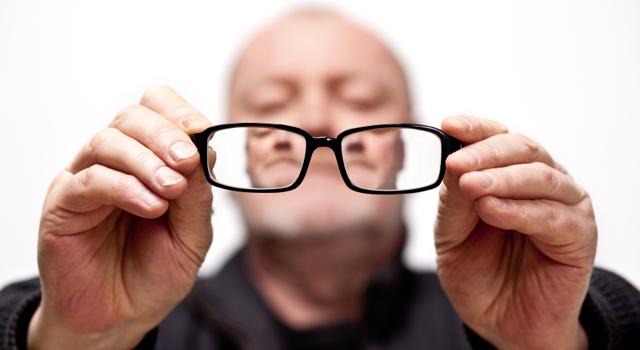With aging often comes eye problems. It’s important to be aware of these problems before they get worse. These can also help you protect your elderly loved ones’ eyesight or spot problems before they result to permanent vision loss.
In fact, there are certain eye problems that require prompt medical care from an eye doctor.
Let’s take a look at the 10 warning signs of eye problems in seniors.

If you have parents or loved ones who are 60 years old and above, you have to be aware of these warning signs of eye problems:
1. Sudden onset of spots and “floaters” on the field of vision. There are what are called eye floaters, which occur when the eye’s gel-like interior liquefies and separates from the retina, which is the light-sensitive inner lining at the back of the eye. This is an age-related condition called vitreous detachment, and requires medical attention from eye doctors. This may also be caused by tears or detachment of the retina, which is serious.
2. It seems like there’s a “dark curtain” on your field of view. This may also be due to retinal detachment, when the retina separates from the underlying layer of blood vessels. Left untreated, this may cause permanent vision loss.
3. Sudden eye pain that comes with eye redness, nausea, and vomiting. This may be due to narrow-angle glaucoma, which can permanently damage the eye’s optic nerve. This may also require immediate treatment.
4. Double vision or “ghost” images. This can be caused by many eye conditions. In some cases, this is an early warning sign for stroke. It’s best to see an eye doctor immediately.
5. Sudden blind spot in one eye. This can be due to the development of a macular hole in the retina. This can get worse and may cause permanent vision loss.
6. Narrowing field of view. The reduction of sight on the sides of the eye can be a sign of glaucoma. This peripheral vision loss can develop into tunnel vision and even blindness.
7. Gray, blurry, or distorted vision. This may be due to macular degeneration, one of the leading causes of blindness among the elderly.
8. Poor night vision, halos around lights. These may be due to cataracts. Not having more vivid colors may also be another sign. If left untreated, cataracts get worse over time and may lead to complications such as glaucoma.
9. Blurred vision and gray areas in your vision. These signs may be due to diabetic retinopathy. If your elderly loved ones have diabetes, it’s important that they also get regular eye exams.
10. Red, scratchy, and irritated eyes. This may be due to dry-eye syndrome. This is not really a life-threatening situation, but may be very uncomfortable.
Elderly eye problems may be more common, as their lifestyle when they were younger may have caused them to develop these. Their body chemistry also changes, which makes dry eyes more common for elderly people.
It’s always best for elderly people to have regular eye exams to spot problems even before they get worse.
Recent Comments